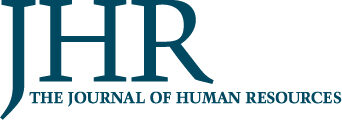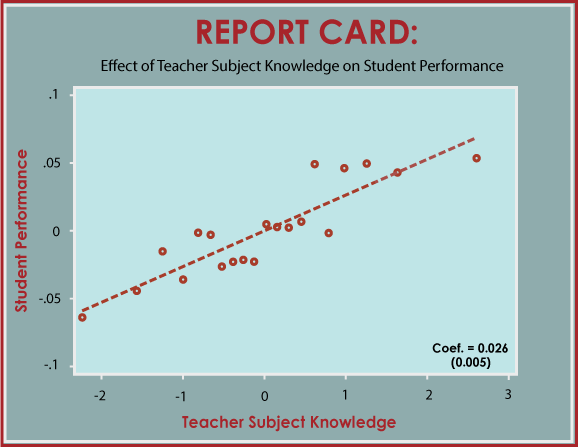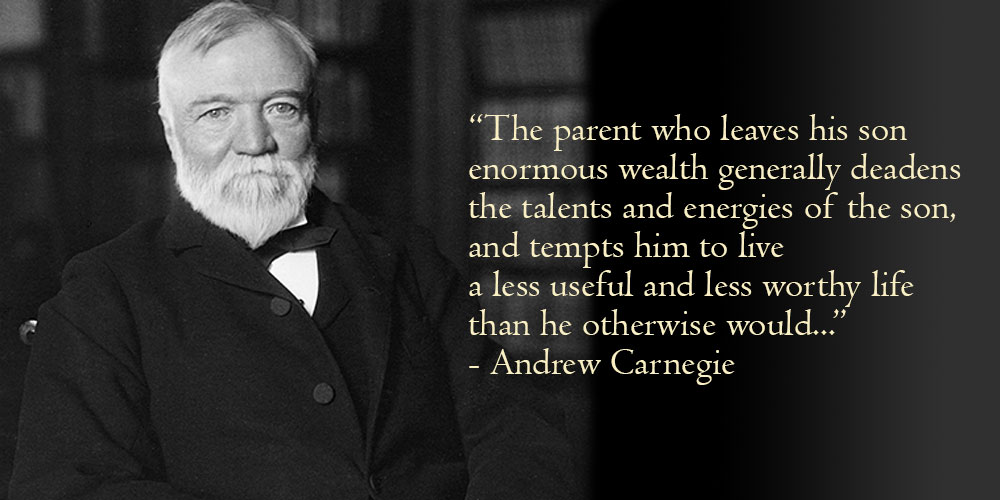What Keeps the Poor from “Smoothing” Financial Risk?
From mutual aid cooperatives to burial societies, numerous informal and semiformal institutions exist to help households deal with financial risk. This is especially true in poor countries, where risk is widespread, but formal risk mitigation products, such as health insurance, property insurance and unemployment insurance, are scarce. Despite households engaging in risk sharing, they are typically unable to achieve full insurance—a complete decoupling of consumption from short-term fluctuations in income. Using data from rural Thailand, Cynthia Kinnan examines different barriers to risk sharing to show what could be holding people back from better risk protection.
Several explanations have been proposed to capture why full insurance isn’t achieved. Moral hazard captures the concern that a fully insured household would not take care to guard against risk. Limited commitment suggests that a household might accept help today when its income is low, but refuse to offer help in the future when its income is high. Hidden income considers the possibility that households might falsely claim to need more help than they in fact do.
For a policymaker designing risk coping polices, an NGO deciding how to allocate aid, or a researcher modelling the economic environment, it is relevant to know which, if any, of these barriers to insurance are present.
Some approaches to analyzing risk sharing are not designed to distinguish among different barriers to insurance. Others solve this limitation but require strong assumptions. Kinnan’s analysis shows that each barrier to insurance predicts a different relationship between today’s consumption and past values of consumption and income, which allows comparison without making strong assumptions. Using data from rural Thailand, this method demonstrates that hidden income is an important barrier to risk sharing.
“The results show that research and policy should take into account how the changes to observability of different risks—to health, businesses, agriculture, etc.—affect households’ ability to buffer those risks. For instance, a move toward e-commerce might make it harder for neighbors to observe how one another’s businesses are doing and therefore harder to insure each other, while better access to price or weather data from distant cities might improve the ability of physically distant relatives to keep tabs on one others’ crops and insure each other against agricultural risk,” Kinnan argues.
Read the study in the Journal of Human Resources: “Distinguishing Barriers to Insurance in Thai Village,” by Cynthia Kinnan.
Read the study in the Journal of Human Resources: “Distinguishing Barriers to Insurance in Thai Village,” by Cynthia Kinnan.
***
Cynthia Kinnan (@cynthia_kinnan) is at Tufts University.




